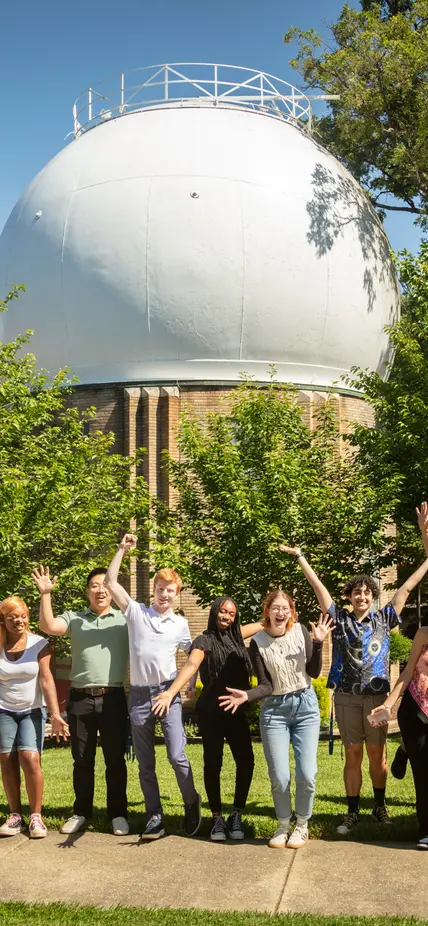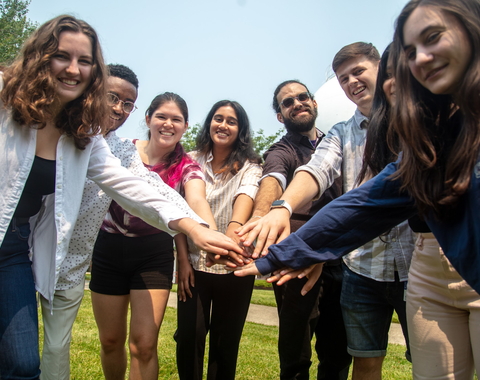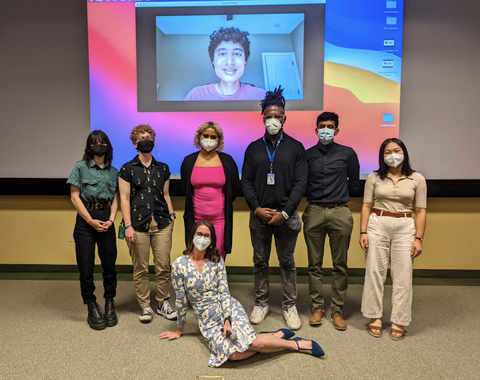This summer, twelve undergraduate students joined the Carnegie Science community as part of the NSF-funded Earth and Planetary Science Interdisciplinary Internship at Carnegie Science (EPIIC) program.
From detecting "starquakes" in red dwarf stars to probing tectonic plate subduction zones inside of the Earth, the EPIIC interns jumped head-first into the wide array of research topics studied at the Carnegie Earth and Planets Laboratory (EPL). Each intern worked closely with mentors on an original research project, which they presented to friends and colleagues at a culminating symposium.
Congratulations to all of our interns. We can't wait to see what they do next!
EPIIC Interns Reflect

What did you research?
This summer, I researched talc stability in hydrous mantle subduction zones using electrical conductivity measurements with the help of Emmanuel Codillo and Anne Pommier.
Why EPIIC?
I chose EPIIC because of its diversity of scientists, the research, and the constant breaking discoveries. It was a very welcoming experience, and I feel as though this was the first moment I knew I could see myself becoming a scientist in an environment where my gender and race aren't important.
Favorite experience?
My favorite experience was the hike even though it was hot and it felt as though I was at my final destination climbing up those rocks. I really enjoyed the experience of completing the soul-crushing hike.
Mentors: Emmanuel Codillo and Anne Pommier
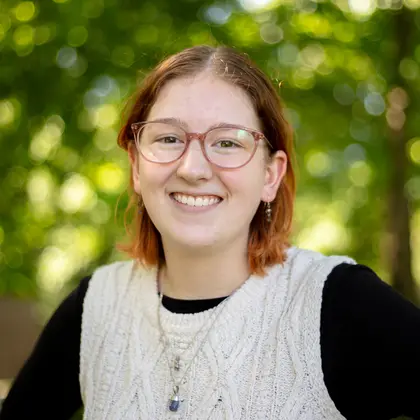
What did you research?
I observed the diversity of carbon in the Sudbury meteorite crater using Raman spectroscopy. By looking at Sudbury’s carbon, we gain a better understanding of how an impact event creates a unique environment and how that environment could potentially be suitable for life. The application of this understanding goes beyond the Sudbury crater, as it applies to the study of Martian craters as well.
Why EPIIC?
EPIIC has provided a unique experience being an interdisciplinary program. While I have focused primarily on my specific research topic, I have also been exposed to many other research areas from interacting with my intern cohort presentations from scientists on campus. EPIIC also worked to help each intern learn how to be a better science communicator. Even if the specific research topic I worked on this summer is not my life’s passion, I have developed communication skills I can take with me to any other area of science.
Favorite experience?
My favorite experience has been playing soccer after work with some of the other interns, postdocs, and scientists. It was great to see that a scientific community is able to connect beyond science and have fun doing other things as well. It was the most supportive sports environment I’ve ever experienced, and overall, it was a great way to enjoy the summer and spend time with colleagues.
Mentors: Anushree Srivastava and Andrew Steele
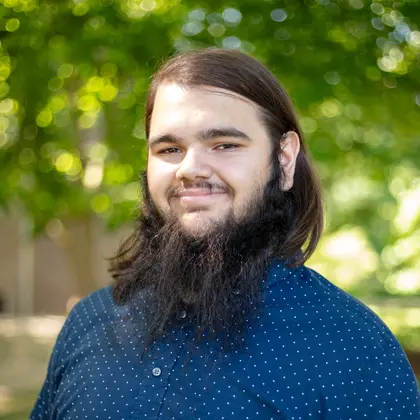
What did you research?
This summer, I researched the atmospheric composition of brown dwarfs and how these compositions change with spectroscopic variability. I started the summer by reviewing articles related to the project and learning how to use atmospheric retrieval software; towards the latter half of the summer, I was able to collect my spectroscopic data using the FIRE instrument on the Baade telescope from Las Campanas and process the data to perform retrievals. In the future, I plan to figure out if the retrieval software is struggling with variable brown dwarfs and how to amend the software to fix this issue.
Why EPIIC?
I chose EPIIC because of the strong history that Carnegie has with astronomy. The staff and facilities at Carnegie have given me opportunities that I would not have at my home university or other summer programs such as using the Magellan telescopes to collect data. The staff at Carnegie are world-class and have been very kind to me during my stay. My mentor (Nicole Wallack) has been able to answer all my questions and provide guidance for future career decisions. I could not ask for a better place and community to work with.
Favorite experience?
My favorite part of this program was exploring D.C. and going to attractions and events. I have never lived in a large city such as D.C., so I enjoyed all the facilities the city has to offer its residents. In particular, I enjoyed being within walking distance of the Tenleytown library to read and just walking around the city. It was a short trip to the National Mall, where I would go to the local museums, in particular the Air and Space Museum—I loved the exhibits and the planetarium show. I have only grazed the aspects of city life, but this experience will shape where I locate myself in the future for graduate school and living.
Mentor: Nicole Wallack
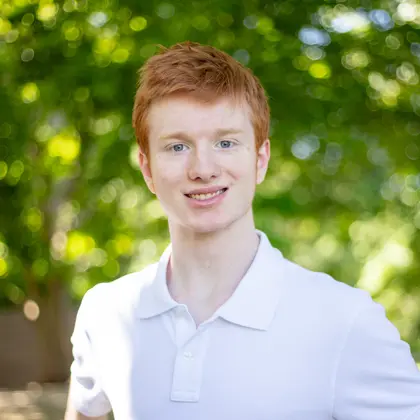
Research Topic: Planetary Informatics Exploration
Mentors: Anirudh Prabhu and Michael L. Wong
What did you research?
I used network plots, machine learning, Louvain community detection, and R to observe features, correlations, and trends, discover and analyze new categories of Hot Jupiters by allowing the data speak for itself, and ultimately create a planetary analog like the Hertzsprung-Russell diagram to redefine the way scientists view planets, their evolution, and how they relate to one another.
Why EPIIC?
I chose EPIIC because of the amount of fascinating projects it offered. Not only did it allow me to apply machine learning to the forefront of research, but it also allowed me to utilize those skills to contribute to scientific discoveries.
What was your favorite part of the summer?
My favorite part of the program was Carnegie's collaborative, supportive, and inclusive community. Everyone was incredibly friendly and approachable, regardless of their different focuses, and genuinely interested in each other's research.
I especially enjoyed hiking with my EPIIC cohort, examining rocks and taking several images of the landscape, as well as going to the Astronomy Festival on the National Mall to support my fellow intern friends and talk with scientists, including examining sunspots through telescopes. Regarding my research, detecting several distinct Hot Jupiters was thrilling because my mentors and I had no idea whether we'd even get distinct groups.
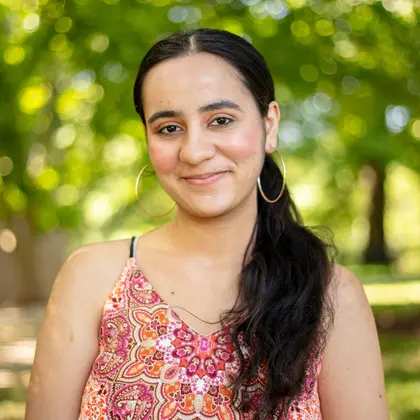
What did you research?
I researched methane formation in submarine volcanoes, focusing on analyzing methane isotopologues to understand their origins and formation processes. My work involved analyzing experimental data that was collected using high-precision mass spectrometry.
Why EPIIC?
EPIIC provided a unique opportunity to work with advanced technology and renowned scientists. The program's interdisciplinary approach and emphasis on real-world applications were particularly appealing, allowing me to gain valuable hands-on experience in my field. The facilities provided by EPIIC were amazing, including the science talks, fun BBQs, panel discussions, and even the residence dorms. Dr. Dionysis and Dr. Teske were incredibly helpful throughout the internship, ensuring that we all felt confident and comfortable. I am so grateful for the opportunity to intern at EPIIC.
Favorite experience?
My favorite experience was analyzing the data and making connections between different findings. Additionally, I loved the hike we took, which provided a great break and an opportunity to bond with fellow researchers. Even though I took a little tumble, it was all part of the adventure!
Mentor: Donysis Foustoukos
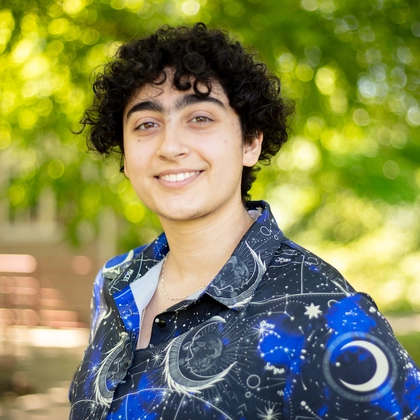
What did you research?
This summer, I looked at high contrast, high resolution images of binary stars in order to calculate the mass of the companion star.
Why EPIIC?
EPIIC was an awesome opportunity to be able to work hands-on with astronomical data, which I hadn't been able to do before. It provided tons of support, especially career-wise through workshops and panels, which I found very helpful. There was also a great community and a lot of fun experiences outside of work!
What was your favorite experience?
My favorite experience was getting to volunteer with my fellow interns at the Astronomy Festival on the National Mall and helping people understand science and space more!
Mentor: Alycia Weinberger
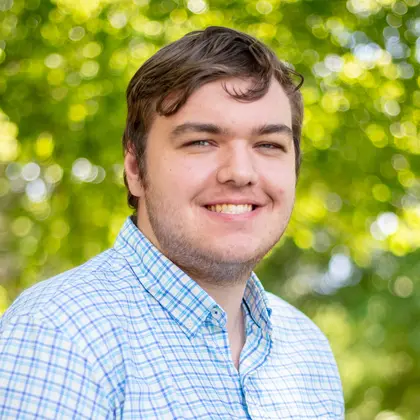
What did you research?
This summer, I worked on improving and developing computer models relevant to Geodynamics, ending with a time-dependent model of Subduction Zones.
Why EPIIC?
EPIIC is not only an opportunity to enhance your research skills but also an opportunity to collaborate with great people and scientists.
Favorite experience?
My favorite experience was meeting and networking with all the amazing scientists and staff members at Carnegie.
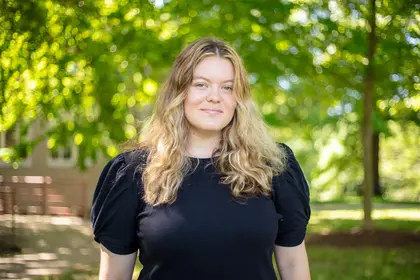
What did you research?
This summer, I helped develop a new biosignature technique to search for life beyond Earth. I created an abundance of biotic and abiotic sample mixtures, which were processed by py-GC-MS and our machine-learning model to verify the detection capabilities of our technique. We hope this will become a valuable asset in future astrobiological space flight missions.
Why EPIIC?
I participated in EPIIC because I loved reading about all of the projects that were being worked on at EPL, and I could see myself finding interest in any one of them. A research institution dedicated to so many different fields is definitely something special, and I am glad I got to be a part of it! The internship this summer exceeded my expectations.
Favorite experience?
I loved playing soccer every Thursday with some staff and postdocs here. I made it my mission to get as many of the interns as I could to come out and play as well, and we all had a great time. I enjoyed my time here at the "Carnegie Institution for Soccer", as Mike called it!
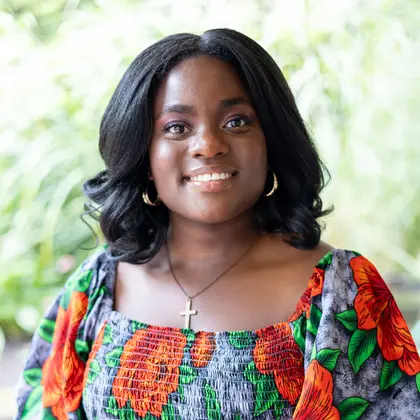
Research Topic: Asteroseismology: Investigating Sound Waves in M-dwarfs
Mentor: Shubham Konodia
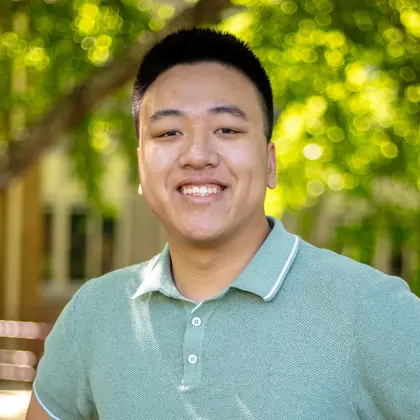
Research Topic: Searching for Crystal Structure Motifs Using Machine Learning
Mentors: Julia-Maria Hubner and Anirudh Prabhu
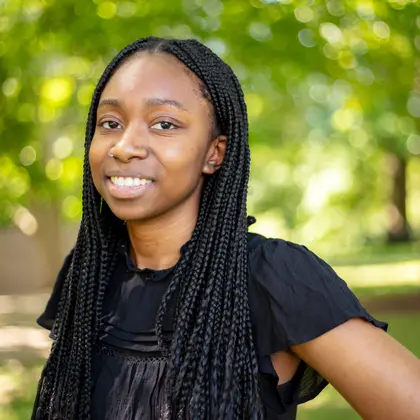
Research Topic: Extraterrestrial organic carbon in primitive Solar System Objects (Asteroids and Comets)
Mentors: George Cody and Dionysis Foustoukos
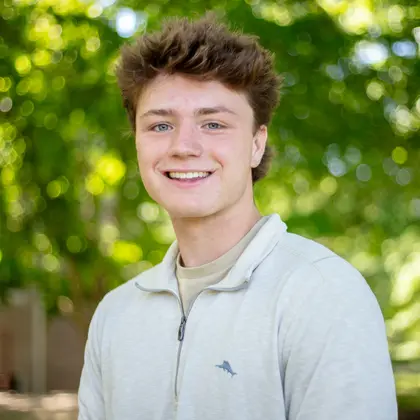
Research Topic: Thermal Conductivity of Earth's Minerals and Alloys
Mentors: Vasilije Dobrosavljevic and Alex Goncharov
Photo Gallery
Beyond research, interns participated in professional development workshops, weekly seminars, and fun extracurricular activities.
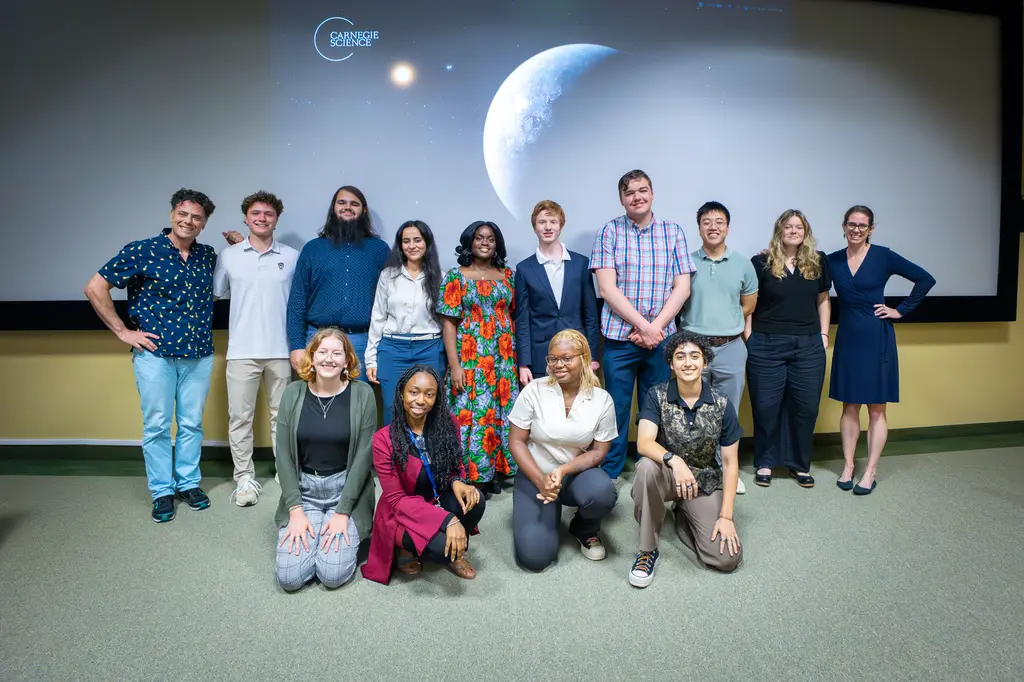
The 2024 EPIIC interns pose for a photo with Dionysis Foustoukos and Johanna Teske at the end of the summer.
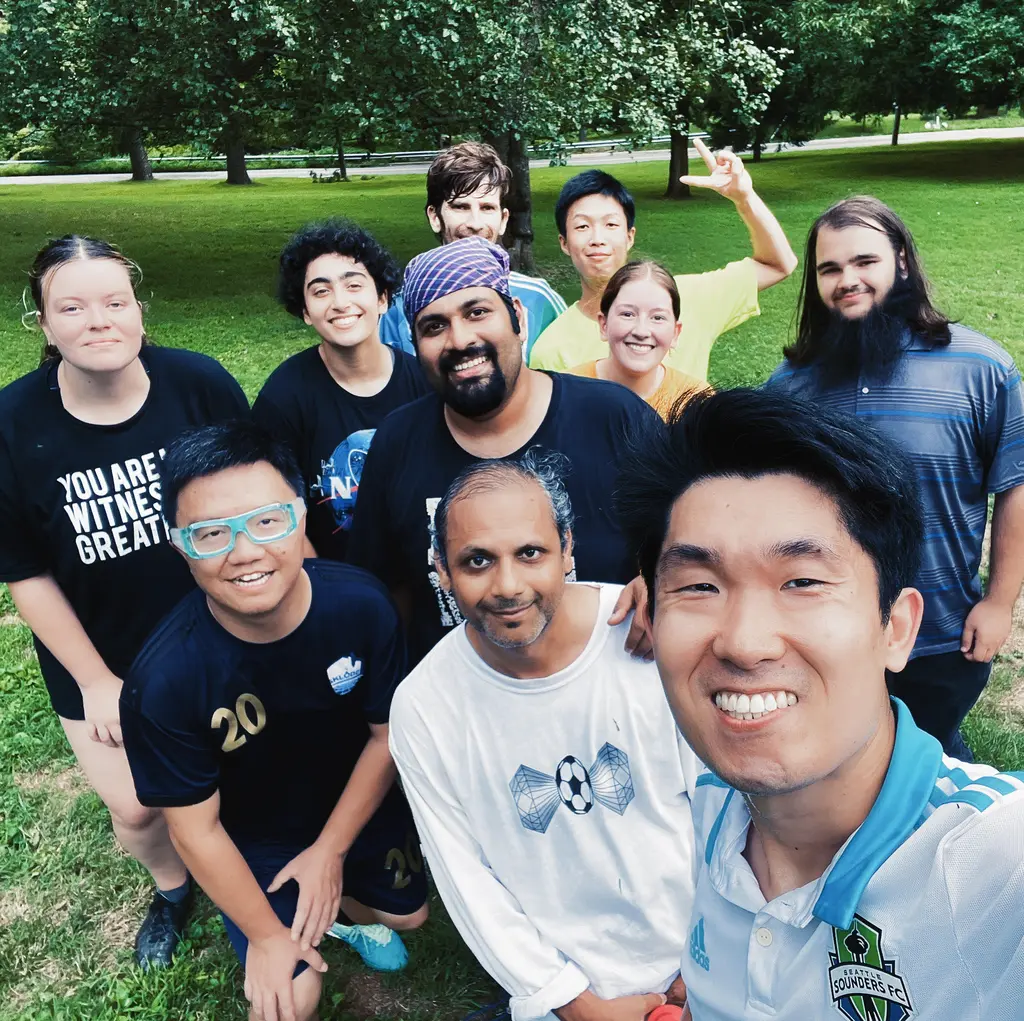
The 2024 interns played weekly soccer games with the Carnegie Science community.
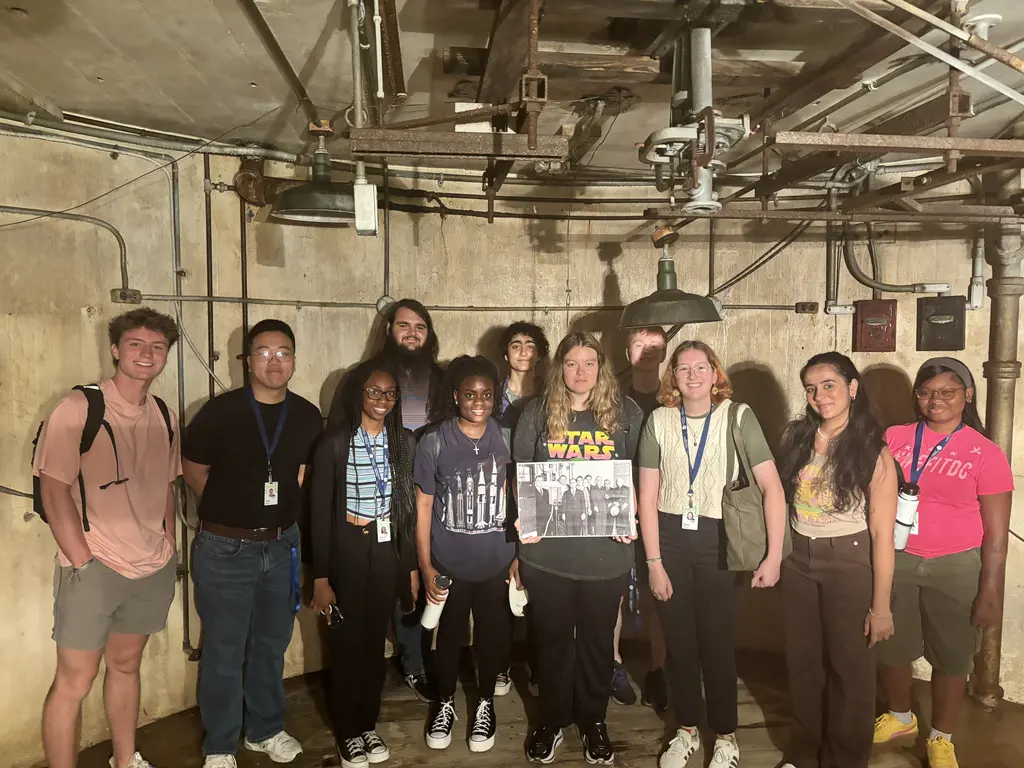
On a tour of the Earth and Planets Laboratory, the 2024 EPIIC interns visited the inside of the historic Atomic Physics Observatory, the site of one of the first demonstrations of fission in the United States (January 28, 1939.) They are holding a group photo of the scientists in attendance that day, including Enrico Fermi and Erik Bohr.
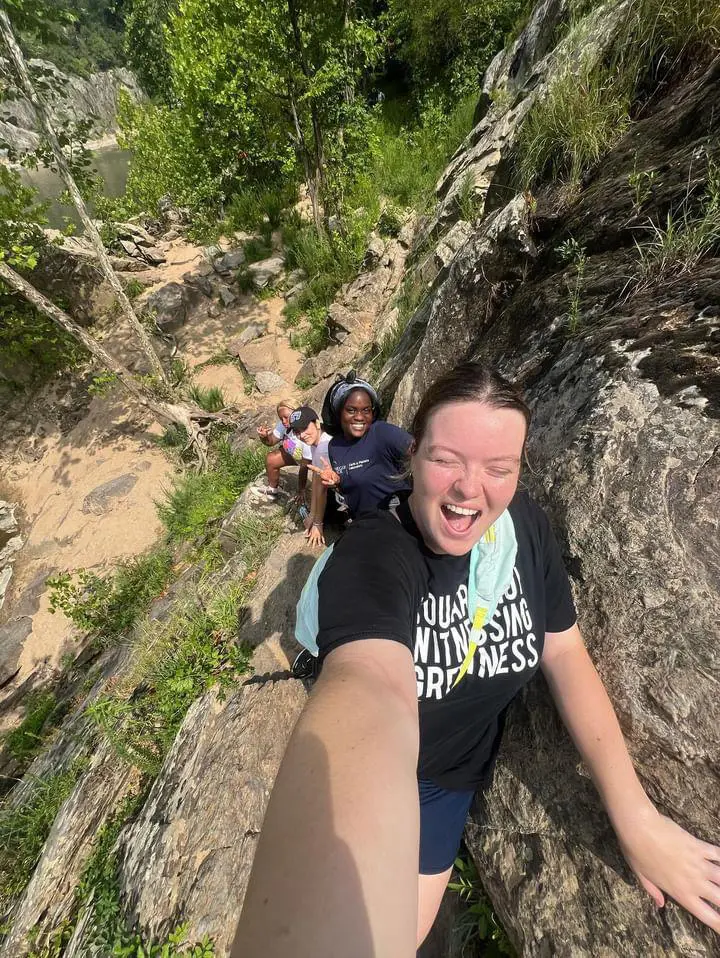
The 2024 EPIIC interns take a selfie while hiking Great Falls.
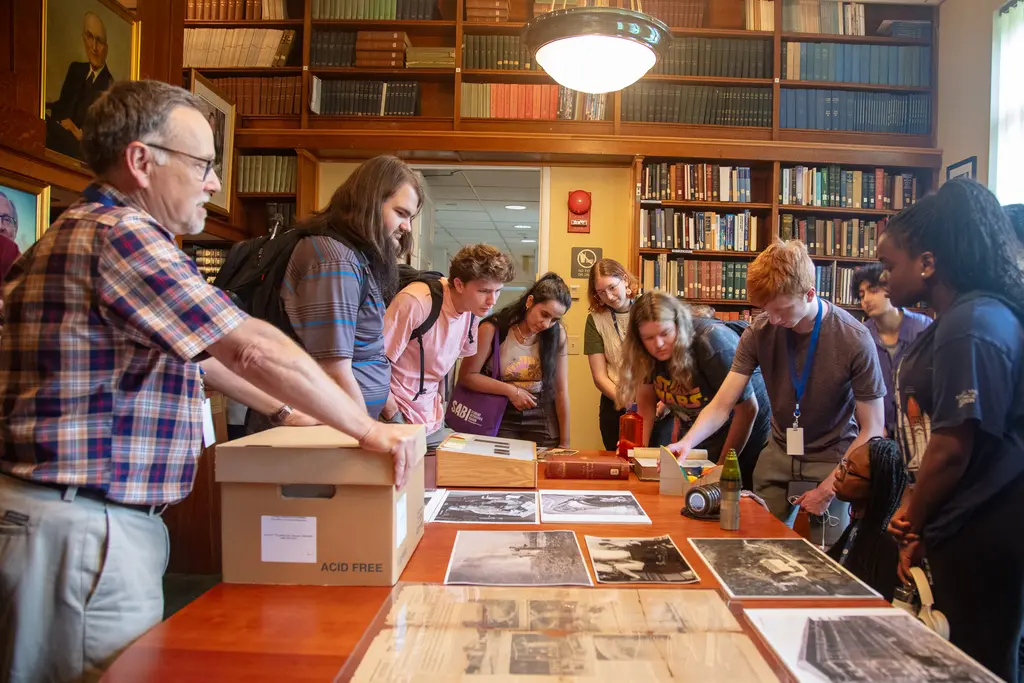
The interns investigate a curated selection of historic documents in the Earth and Plants Laboratory library with Emeritus Librarian Shaun Hardy.
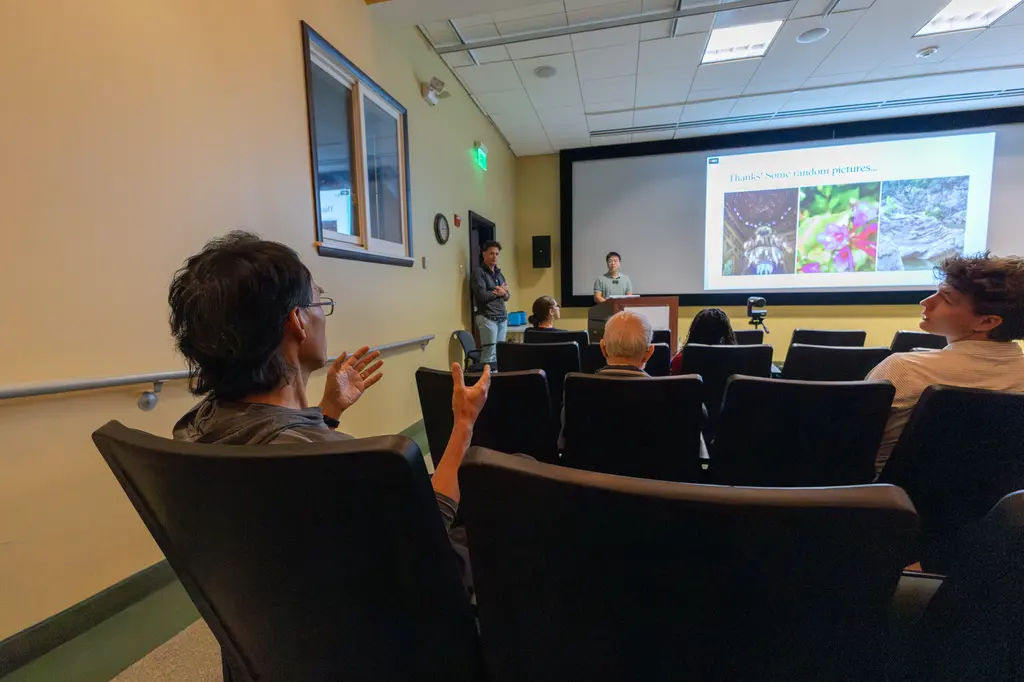
The interns concluded their summer by presenting their research to a room of Earth and Planets Laboratory scientists. Throughout the summer, interns participated in science communication workshops, which they put into practice by fielding questions from the audience and discussing their work with researchers from a broad range of disciplines.
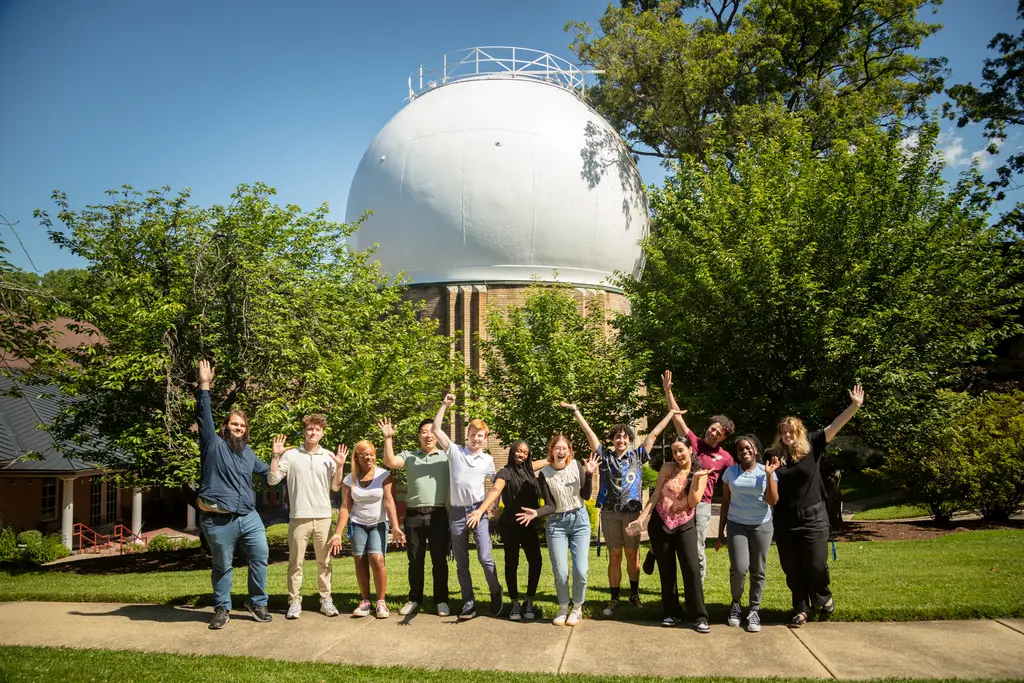
Interns took a group photo in front of the historic Atomic Physics Observatory on the Earth and Planets Laboratory campus.
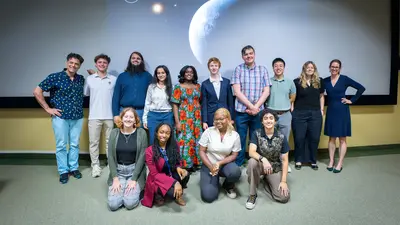
Group photo
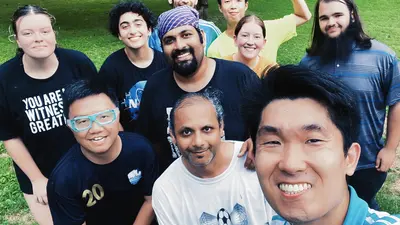
Group photo with 2024 summer interns, staff members, and postdocs
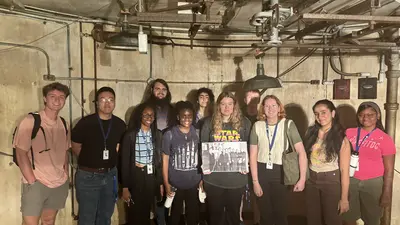
A group of 2024 interns stands in beneath the Atomic Physics Observatory
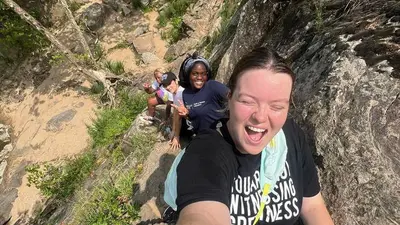
2024 Interns take a selfie whileHiking at Grat Falls
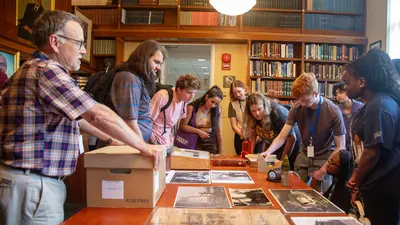
Interns lean over historic materials at the Earth and Planet Laboratory Laboratory
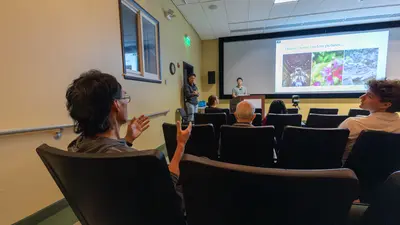
Inters field questions from the audience.
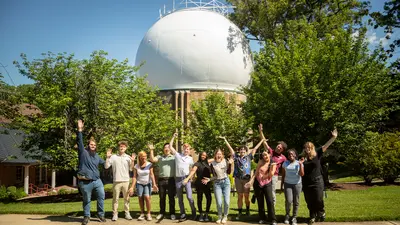
Interns pose for a group photo infront of the Atomic Physics Observatory.
EPIIC was sponsored in part by:
- The Alfred P. Sloan Foundation through the AEThER grant, which aims to answer fundamental questions about the nature of exoplanetary systems and their ability to host life through an interdisciplinary lens. Learn more.
- The Marilyn Fogel Fund, which she established to support young scientists "getting their feet wet in research for the first time." The fund now continues her legacy of mentorship. To support the summer internship program, consider contributing to this fund.
